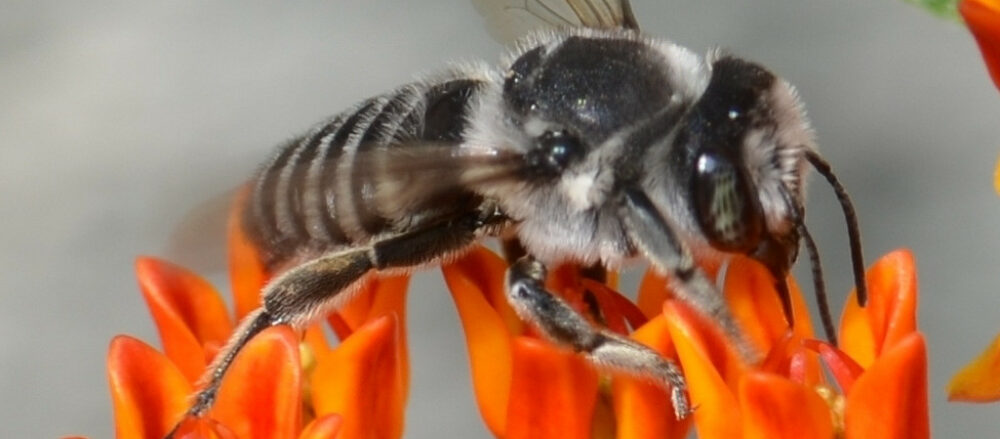This year, Project BudBurst kicks off on February 15:
Project BudBurst will officially get underway for the 2008 campaign on February 15, 2008. Due to the overwhelming interest in last year’s pilot project, we are very confident that the 2008 campaign will be a success and that the observations reported on the Project BudBurst Web site will be useful to phenologists and climate scientists.
– via BudBurst mailing list
Last year there were reports from participants in 26 states. Ohio and Illinois had the highest rate of participation followed by Utah, Colorado, and Michigan.
This year’s earlier start date is one of several enhancements over last year’s pilot program:
- Expanded time, starting February 15th and continuing until the fall.
- A myBudBurst member registration space to save your observation sites and plants online as you monitor phenological changes throughout the year and for future years.
- Expanded targeted species list, including 19 calibration species from the National Phenology Network.
- Monthly photos of the latest plants blooming.
- Online geolocator to obtain latitude and longitude coordinates for observation sites
Project BudBurst is a national field campaign for citizen scientists designed to engage the public in the collection of important climate change data based on the timing of leafing and flowering of trees and flowers. Last year’s inaugural event drew thousands of people of all ages taking careful observations of the /phenological/ events such as the first bud burst, first leafing, first flower, and seed or fruit dispersal of a diversity of tree and flower species, including weeds and ornamentals. Your help in making observations and sharing information about Project BudBurst will help us in making this year even more successful.
